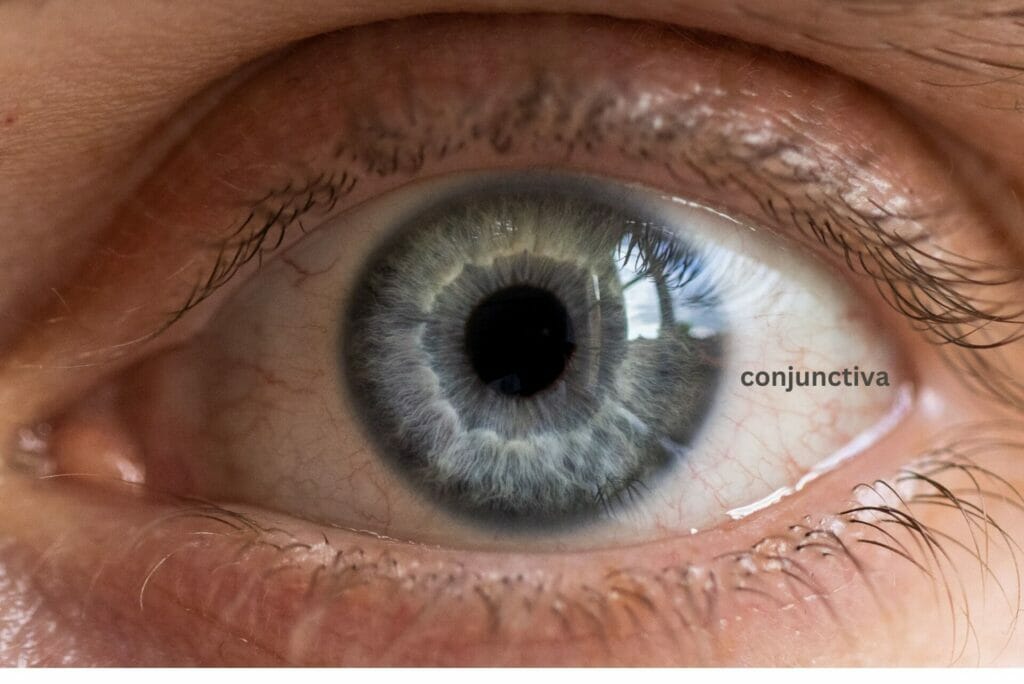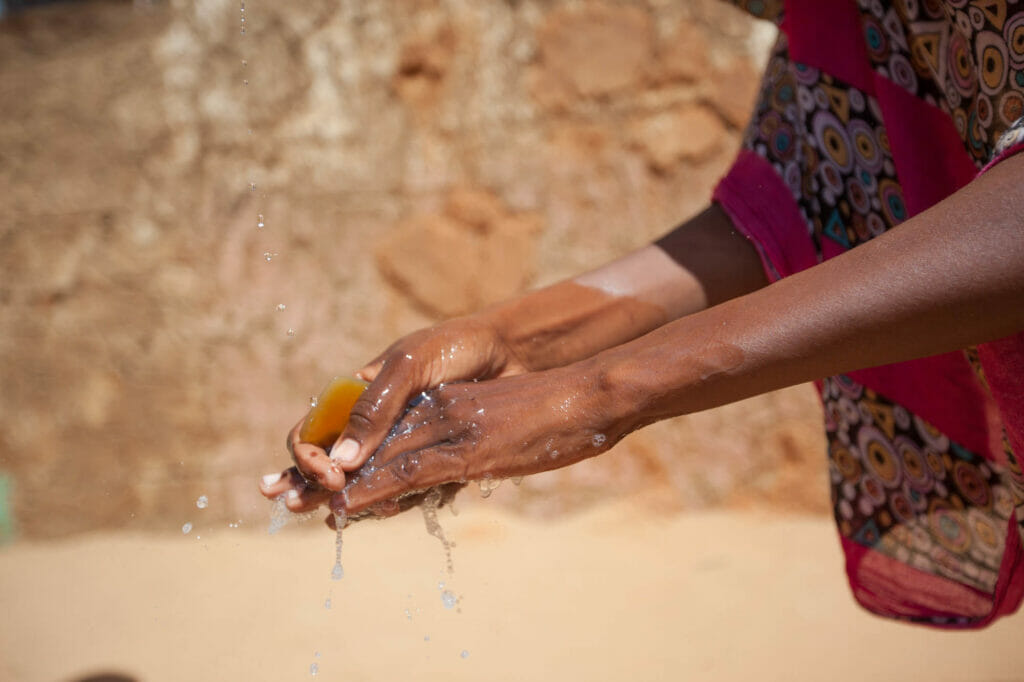“A couple of weeks ago, my son told me that he felt an itch in his eye. When I checked, I found his eyes to be red. So, we went to the doctor and found that he had Madras Eye. Eventually, our entire family got the virus,” says Priya Chandru, a resident of Adambakkam. “My son and I are better now. But my husband’s eyes are still red.”
Priya’s family was among the many that were affected by Madras Eye this past month in Chennai. Doctors say there is a daily load of around 4500 cases per day in government hospitals.
“In Nirmals’ Eye Hospital, we see around 30 to 40 Madras Eye cases daily,” shares Professor Dr T Nirmal Fredrick, the Managing Director of the hospital in Tambaram.
With a seasonal increase in cases, a better understanding of the infection can help safeguard against it.
Is every red eye Madras Eye?
“The inflammation of the conjunctiva is called conjunctivitis,” explains Dr Sripriya Sankar, DO, FRCS (Glasgow), an ophthalmologist with Apollo Hospitals in Kotturpuram and Alwarpet. Madras eye is also a type of conjunctivitis.
Allergic conjunctivitis: “It [inflammation] need not occur only due to infection. It can be allergic conjunctivitis too if any allergen like pollen or dust has gone inside your eyes,” says Dr. Sripriya.
“Allergic conjunctivitis is the most common form of inflammation. Anything can cause allergy- from chemicals to even sunlight. Even fumes from industries and kitchens can cause conjunctivitis,” explains Dr. Nirmal. “But allergy will not spread.”
Infective conjunctivitis: Infection can happen due to viruses, bacteria or parasites. “Viral conjunctivitis is seasonal,” says Dr. Nirmal
If eye inflammation is caused due to an infection of adenovirus, then it is Madras Eye.
Madras Eye is typically characterised by red eye and irritation in the eye. But those symptoms are not always sufficient to conclude that a patient has it.
“Conjunctivitis can also happen due to enterovirus and herpes virus, apart from adenovirus,” says Dr. Nirmal. “We did a study in 2017-19, with the King Institute of Preventive Medicine and Research, a medicine research body in Guindy. We found three different viruses causing conjunctivitis.”
These infections can spread through fomite transmission, as per the ophthalmologists.
In the case of Priya’s family, the transmission could have happened thus.
Priya’s son may have touched his eyes and then touched a surface. His mother or father would have touched the same surface after. They might have not washed their hands before making contact with their eyes. This could have led them to be infected with Madras Eye. The surface is an example of fomite. Madras Eye is a passive vector disease.
Read more: Can climate change influence tuberculosis cases in Chennai?
Why the name “Madras Eye”?
Dr Nirmal shares the etymology of “Madras Eye.”
The virus was isolated and detected in Chennai at the King Institute of Preventive Medicine and Research in 1918. The sample was taken at Egmore Eye Hospital. “Then, they identified that the eye inflammation was due to adenovirus.”
The infection came to be called so after the place where it was detected.
Signs and symptoms of Madras Eye
Apart from irritation, itching and redness in the eyes, an infected person’s eyes may water. “This is how the body tries to clear any element that is bothering it- by washing it out. Sometimes, there will be a discharge of mucus or pus,” explains Dr Sripriya.
“To confirm whether it is Madras Eye, we look at the patient’s history and check if they have come in contact with a person who has had the infection. Along with eye inflammation, a patient may have respiratory symptoms like cough, cold or fever,” Dr. Sripriya lays out how she diagnoses the disease. She adds that the timing of the infection also contributed to the diagnosis. “The [viral] inflammation has a tendency to occur after intermittent rains.”
“Madras Eye may manifest in the eye, but the virus can affect the whole body. So, during the first two to three days, there may be a mild fever, tiredness and muscle fever,” describes Dr. Nirmal.
“If the conjunctivitis is viral, then the lymph node near their eyes would have become bigger. Apart from this, we may also observe swelling of eyelids,” says Dr. Nirmal, that these are also signs pointing to a viral inflammation.
There has been an uptick in the Madras Eye cases in Chennai, especially post-monsoon. “The virus thrives in such conditions,” says Dr. Sripriya. “
Usually, doctors say that a conclusive laboratory test for detecting the infection is not needed. “It is a self-limiting condition where the disease subsides within five to seven days,” clarifies Dr. Sripriya.
“However, if the doctor wants to confirm if the conjunctivitis is allergic or infective, then they can take a swab from the eye and do an RT-PCR test to find whether it is viral or non-viral,” says Dr. Nirmal. “Before this test, another lab test is done to identify whether the infection is due to a virus, bacteria or some other agent.”
Read more: How can Chennai keep dengue at bay this rainy season?
What does the treatment entail?
“There is no specific treatment to kill the virus,” notes Dr Sripriya. “We give supportive treatment until the condition subsides.” Moreover, there is a chance for a secondary bacterial infection to occur, since the inflamed eye and discharge are a good environment for bacteria to grow. “I give a short course of topical anti-infectives- drops during the day and ointment at bedtime.”
“Doctors usually advise lubricant eye drops and decongestants for patients, so that their eyes are comfortable. We prescribe antibiotics when there is secondary infection and antivirals are the last resort,” says Dr Nirmal.
Rest is key: “Patients must rest their eyes and could take a painkiller, apart from ingesting fluids. But if the patient is going to have excessive screen time without rest, then they would be exerting the eyes, which may in turn induce more watering. This causes further damage,” says Dr Nirmal.
Travel to be avoided: He also discourages patients from travelling because that exposes them to different viral strains. “Travelling also increases the risk of secondary infection, which can affect the cornea. So, it is ideal to stay indoors and wear protective, transparent goggles. It also prevents exposure to smog during winters,” he says.
“If the cornea gets affected, then people may become sensitive to light. Then, they can wear black goggles,” he says.
Hygiene helps: “Using a sterile cotton pad or tissue paper to wipe the eyes is best. Since there is an infection, people must properly dispose of the pad or paper, as we do not want the virus to spread. We should refrain from using handkerchiefs or some other cloth. If a pad is reused, then patients must wash it in hot water and dry it in sunlight,” recommends Dr Nirmal.
The symptoms usually decline within five to seven days, which indicated the infection subsiding. “It will take seven to ten days for the virus to exit the body,” he says.
“Within three days, my son’s eyes stopped itching,” says Priya. “Subsequently, my husband and I got infected. We used the same medicines that my son used.”
Dr Nirmal discourages self-medication. “Last week, we saw a patient who had a red eye. He thought it was viral conjunctivitis because someone in his family got it. He started using the same medicines, and the issue became more serious. When he came, he had an ulcer in the eye, with a piece of rusted iron in his eye. It had infected his eye. Even after removing the iron piece, there was a scar on the central cornea, which is going to remain forever,” he continues.
It is best to get checked by an ophthalmologist if a person’s eyes are itching or irritated.
Precautions against Madras Eye
Some dos and don’ts
- Wash your hands with soap regularly.
- Don’t touch your face or eyes without washing your hands with soap.
- Infected people should be isolated, and it is best to not share towels or pillow covers with them.
Madras Eye may not be a life-threatening disease, but doctors say that we cannot be lax with the infection. “Madras Eye may not have lasting visual implications for most of the population. But, the infection can be passed on to a large population very soon, keeping people away from their daily lives for some days. Therefore, we should take it seriously,” says Dr Sripriya about the gravity of the infection.

